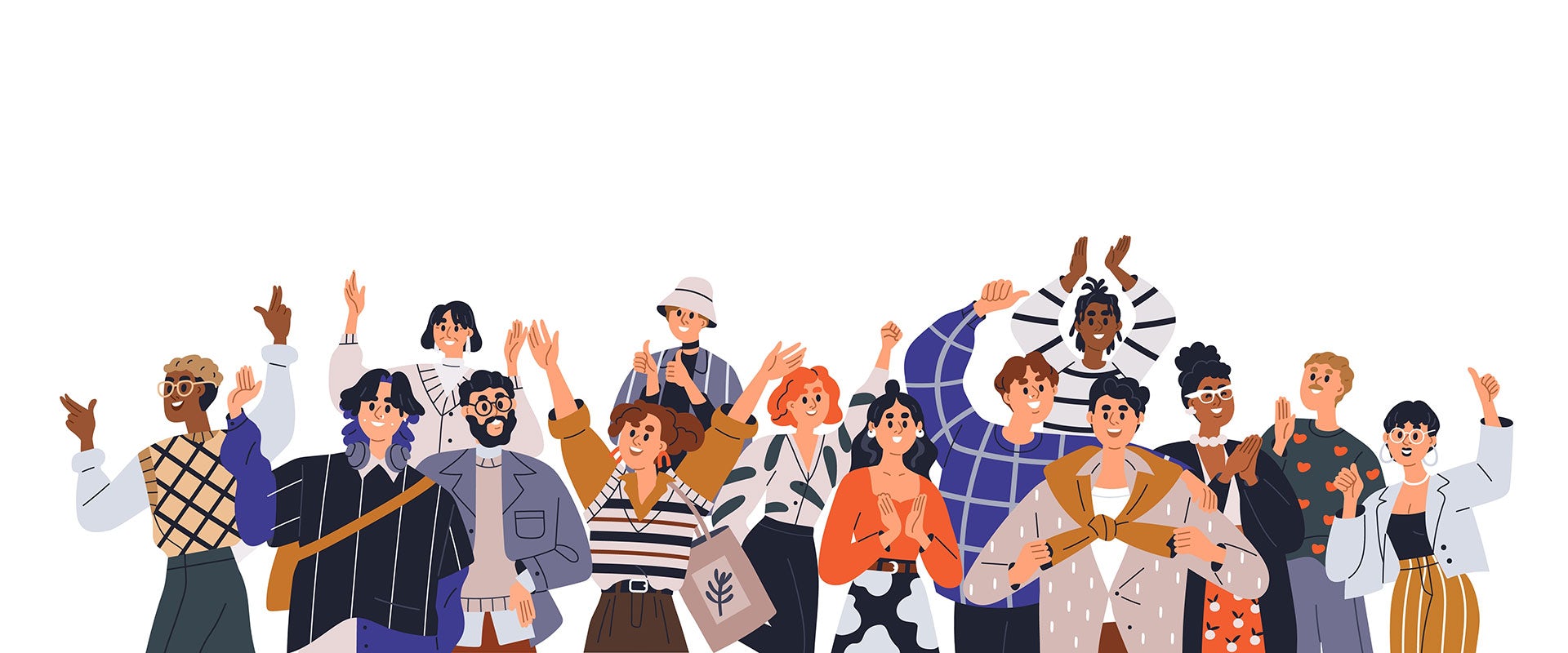Company culture: is it just a ‘nice to have’?
CR looks into the value of culture in an agency, plus the challenges of establishing it and the impact it can have on the work created
‘Company culture’ can be an elusive phrase, strewn about in job ads and ‘About Us’ sections on websites to convince people that an agency or studio is a ‘cool and fun’ place to work. For a while it seemed culture was interchangeable with office perks such as free fruit or a ping pong table, but really culture is what keeps people working somewhere, keeps them sharing ideas and giving their best.
“It’s no longer about drinks on a Friday afternoon, it’s about a much more nuanced reflection of the things people care about and the people that make up the agency,” says Miranda Hipwell, CEO at adam&eveDDB in London. “Because it’s more fragmented, it’s harder to conjure up, but it’s more meaningful when it does connect with people.”
Neil Henderson, CEO at St Luke’s agency in London, describes culture as the feeling you have when you “walk in the building” and how the people who work there are bonded together by an understanding of what everyone wants to achieve. “It’s the desire to contribute, the desire to participate, the desire to engage. When that’s happening, then you get culture,” he says. “You can put values up on the wall, and you can talk about the founders’ vision, and where it all came from, but what the company means is the output of what those 50-60 people do together.”

Henderson also believes this sense of “shared mission” has become much more important for clients, because it’s a choice to work with another set of people on a shared goal. “Before, they just wanted to know your case studies and effectiveness. All of that is critical, but more and more, it’s ‘what are your values?’ Ultimately, I think what [clients] are looking for is whether they can really share their difficult times with you. They want to know whether you’re going to be a real partner or not.”
The challenge in building culture is that there’s no perfect formula to make things work. For Lisa Mitchelmore, head of people and culture at design studio Ragged Edge, it’s all about tuning into the people who work there right now. Mitchelmore oversees 50 people in the studio and it’s been deliberate that ‘people and culture’ isn’t just another name for HR.
It’s a delicate balance of supporting individual growth and wellbeing, fostering a cohesive team spirit alongside delivering the outstanding work we do
“Everyone is unique and that’s something we cherish and celebrate. However, managing this gets a little more complicated as people come and go, grow in their careers, evolving personally and professionally,” she explains. “It’s a delicate balance of supporting individual growth and wellbeing, fostering a cohesive team spirit alongside delivering the outstanding work we do.”
How Mitchelmore and Ragged Edge as a whole have tried to achieve this is by having a “no-egos approach”, which starts with the hiring process to ensure everyone contributes something unique and is willing to check their ego at the door. “We just launched our ‘People Pledge’. A statement created collaboratively by our team, designed with current and future people in mind. Developing this pledge involved running workshops, team-specific meetings, and numerous feedback sessions,” she explains. “It’s the foundation of everything we stand for at Ragged Edge, outlining our core commitments: living a rewarding work life, continuing to grow, communicating with care, and making an impact. We ensure that every new team member understands and aligns with these commitments before joining.”

Hipwell at adam&eveDDB believes it’s also about understanding that everyone that works at an agency is an individual. “Like everything in our business, it’s about people and giving people the space, time and investment to celebrate things, gather around things and have a shared agency conversation that goes beyond our product and our work; but in turn this conversation influences and makes our work better,” she says.
While the conversation has moved beyond ‘free stuff’, for Hipwell what you offer still matters to current and prospective team members, as ultimately you’re often asking a lot from them in return. “If you care about your people it goes without saying you need a robust set of benefits – for mental and physical health and to support them through all the life stages you’d like them to experience positively while working with you,” she notes. “We all lead different lives and can experience tough times – we’re constantly evolving our benefits to be as inclusive and supportive as possible.”
I make sure I induct people on what the agency is about, our values, and what we’re trying to achieve so that people have that connection with me right from the off
This has become more of a focus for many agencies and studios in a post-pandemic world. While adam&eveDDB, Ragged Edge and St Luke’s all now operate slightly differently in terms of how hybrid they are, they have all adapted to the needs of their team more sensitively. For Henderson, whose team goes in three days a week at St Luke’s, it was important to define a mantra of sorts to guide them: “Know everyone, value everyone, inspire everyone and protect everyone.”
“The ‘protect’ part has become more important after Covid. The sense of vulnerability is much better understood among everyone, and so with those four pillars it’s about really making sure we understand everyone,” he says. This starts from the beginning and on joining St Luke’s everyone is set up with a buddy with several inductions, one of which is led by Henderson himself. “I make sure I induct people on what the agency is about, our values, and what we’re trying to achieve so that people have that connection with me right from the off.”

Being present as someone in a leadership position, especially as CEO, is something Henderson sees as key to his role. “It’s not just about getting the campaigns out. It’s about having a forum where people can share, we can celebrate all the wins, and make sure people are seen and called out for little things, funny things, big things, life stages,” he reflects. “Really, what people are working for is each other, that’s where the real pride comes from.”
Mitchelmore is also aware that company culture can sometimes appear to be restrictive. “Once a company establishes its culture, it becomes the foundation for how things are done and how people interact with us. I think this sets expectations for new hires to integrate and align with existing norms and values, while bringing their own individuality into the mix,” she explains. “This integration is important to build a shared sense of purpose. There’s always a risk that new team members might feel compelled to adhere too strictly to established cultural norms. Which may run the risk of limiting diversity of thought and fresh perspectives. A balance we’re trying hard to perfect.”
The only way we can speak to all of our people is to create an environment where everyone feels they want to engage, which isn’t always as easy as it sounds
This is especially true for companies that have a long established reputation that extends beyond just the agency walls, such as adam&eveDDB. But Hipwell suggests culture, no matter how settled, must have the room to shift and change so it both reflects the business and the people who work there. “There’s definitely an adam&eve DNA but of course as the years go by it continues to evolve as we welcome new business, new talent and new ideas into the business,” she notes.
“So what’s authentic today might have felt a bit out of place ten years ago. We’re lucky to have a mix of old timers and new thinkers so it’s a melting pot of cultures. But the only way we can speak to all of our people is to create an environment where everyone feels they want to engage, which isn’t always as easy as it sounds – we’re always looking to improve and grow.”

Ultimately company culture, whether directly or not, probably does have an influence on both the people who work at an agency or studio, but also the work created. So just as briefs, clients and output shifts, culture needs that flexibility, passion and enthusiasm. Henderson believes this is why culture has to be everywhere in the company, and why management can’t be the only ones “believing” in it.
“People need to know they have permission to take part, that they be themselves, share an opinion, and quickly give people that sense of psychological safety and encouragement,” he says. “If you’ve got a group of people who are really up for it, that is your resource, and that’s a very unique thing. You have this amazing bunch of people who could just turn up, do some work, go home again, or you could let them do something, and that’s when you see the advantages of that, that’s culture at its best.”




